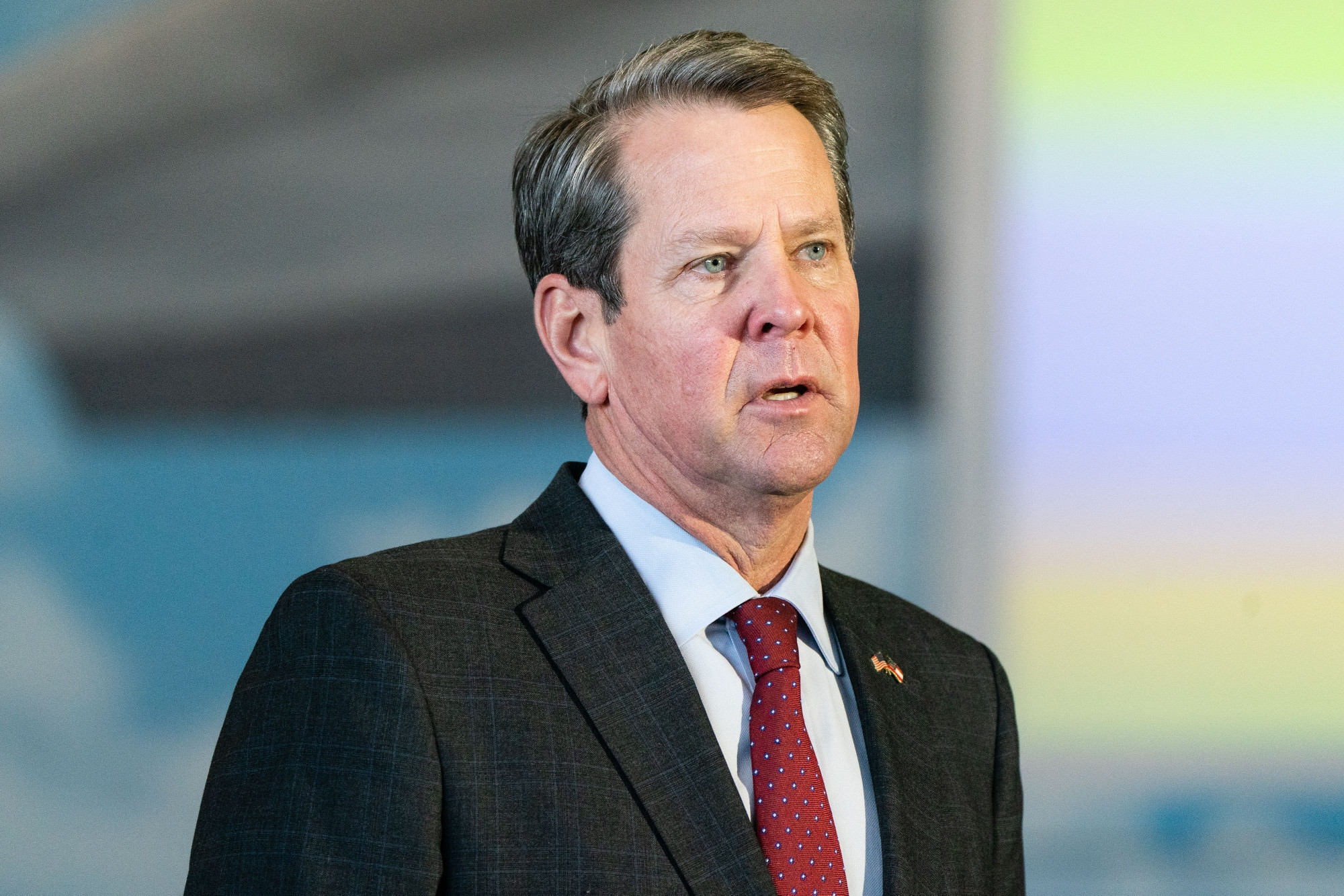This article looks at who won the New Jersey governor tutorial race. Murphy’s victory was largely expected as Ciattarelli was trailing by 122 votes and Sears’s victory was based on the strength of his campaign photo with a military rifle. It also explores Murphy’s record as governor, especially his leadership during the coronavirus pandemic. Read on to discover who won the New Jersey governor tutorial race.
Ciattarelli defeated Murphy by 122 votes
The race was close throughout, but Ciattarelli appeared to pull ahead of Murphy when nearly 98% of precincts reported results. The margin of victory was only four points, with a slight edge going to Ciattarelli. Despite being a moderate Republican, Ciattarelli defied expectations and polls by claiming he was better suited to lead the state.
The Associated Press did not declare a winner yet, as the results from Tuesday’s election are still being tallied. However, the results show a troubling picture for Democrats. Ciattarelli and Murphy were separated by about 1,200 votes. A total of 2.3 million votes were cast for the race. In fact, Murphy would be the first Democratic governor of the state since Brendan Bryne won in 1976 and 1977. The results also show that Ciattarelli’s re-election bid is unlikely.
Murphy’s leadership during the coronavirus pandemic
Governor Phil Murphy’s leadership during the corona virus pandemic is an example of a good public health message and a smart use of emergency powers. The coronavirus, or COVID, has affected 1.9 million people in New Jersey. Most of the victims live in urban areas and were exposed to a high rate of disinformation, which has implications for public health messaging. While many people ignored the recommended precautions, Murphy clung to his emergency powers and maintained an ongoing press schedule.
Governor Murphy’s response to the health crisis was quick and aggressive. While the state was slow to respond to the economic crisis, federal authorities stepped in quickly and helped keep businesses operating and paying their workers throughout the pandemic. Murphy signed the New Jersey Economic Recovery Act into law the year following the outbreak, including millions of dollars for small businesses, the redevelopment of environmentally contaminated properties, a food desert relief program, and job creation tax credits.
Murphy’s record as governor
The COVID-19 pandemic and the recent election results have caused New Jersey’s poll numbers to drop, but that doesn’t mean Murphy is out of the race. Murphy is running for a third term and has made strides to connect with New Jersey voters. Democratic governors have lost re-election bids twice in the past. In 1993 and 2009, Gov. James E. McGreevey was re-elected, but Murphy did not. Republican State Chairman Doug Steinhardt has criticized Murphy’s record as governor.
As a gubernatorial candidate, Murphy must declare a running mate within ten days after the primary election, so he is now formally campaigning. The filing also allows him to begin raising money, though he will not hire campaign staff until later in the year. But it makes clear that Murphy intends to run with Lt. Gov. Sheila Oliver, who is one of the state’s most prominent fundraisers.
Ciattarelli’s campaign slammed Murphy on local issues
The candidate who is backed by big business, Ciattarelli, has pushed for several measures to lower property taxes, including restoring state aid for suburban schools and freezing senior citizen benefit increases. But Murphy argues that these policies will cause an even bigger budget deficit than what the state already has. Ciattarelli’s supporters say that he is aware of local issues, and they have praised his campaign for promoting local concerns.
The candidate argues that he is not a radical leftist or an extremist. This portrays him as out of touch and uncared for the workday New Jersey resident. Likewise, Ciattarelli’s campaign is using negative typecasting to undermine Murphy’s progressive halo. This has been one of the most effective strategies Murphy has used to rebrand himself.
Recount could be necessary
While the results of the New Jersey governor tutorial race were declared, the process of certifying the election results can take weeks. It is possible that a recount could be required in this race due to a change in voting. This would delay the election process for several more weeks, while further complicating the race. Experts believe that a recount is likely. The next step is to determine the basis for a recount.
A statewide recount would begin with a question about irregularities in one precinct. The applicant must point to an irregularity at one particular location, and the judge would determine whether to order a recount. The person or group requesting the recount must pay the costs of the process, but the costs are refunded if the resulting tally changes the outcome of the election.



